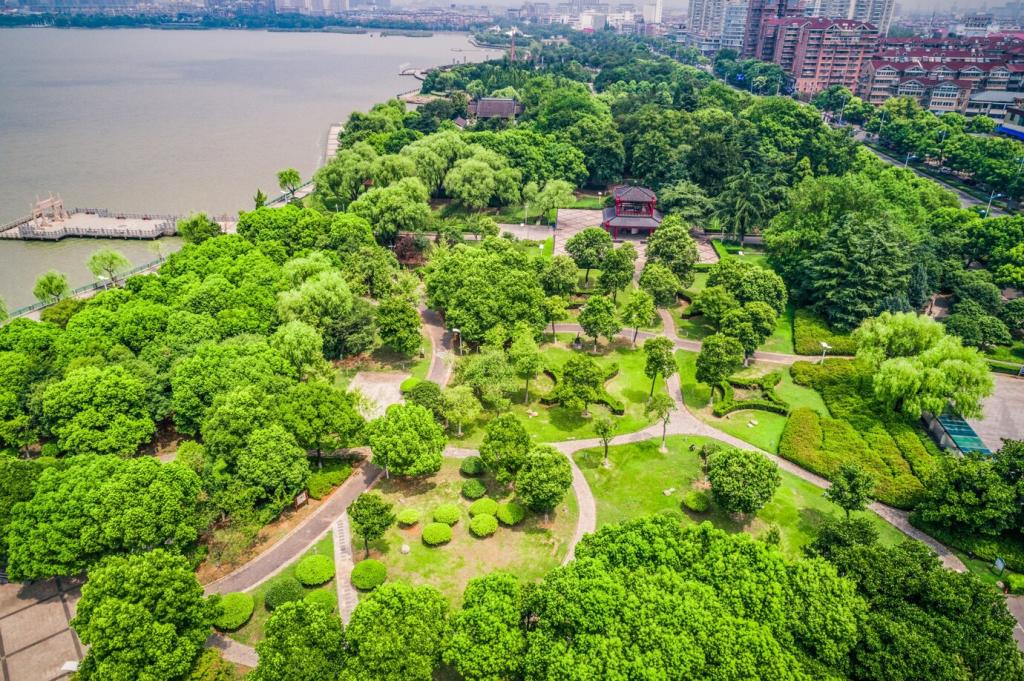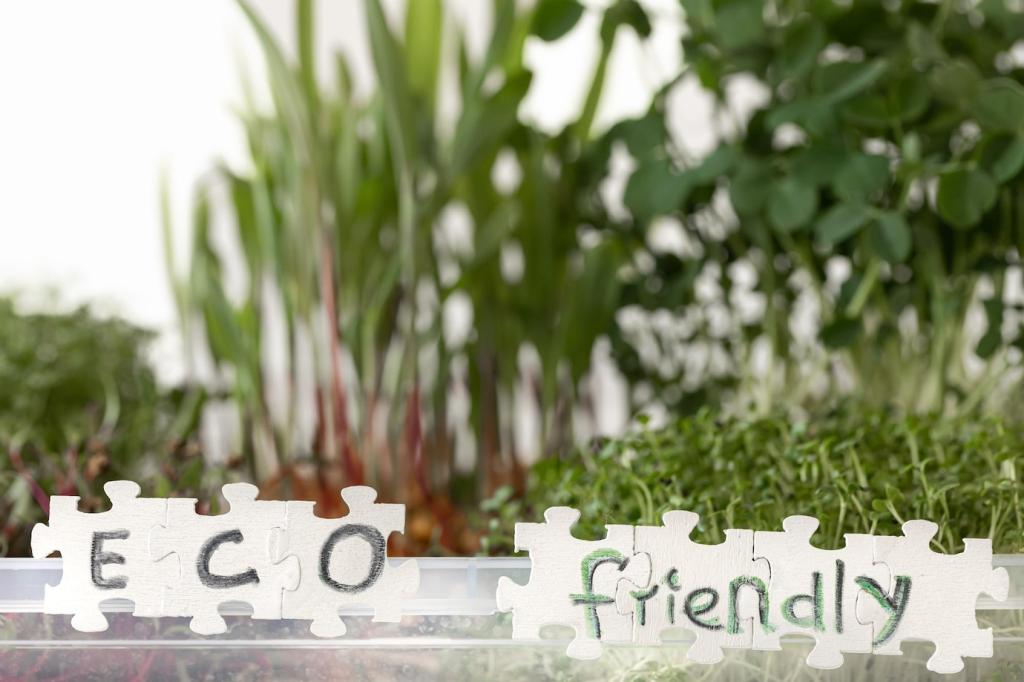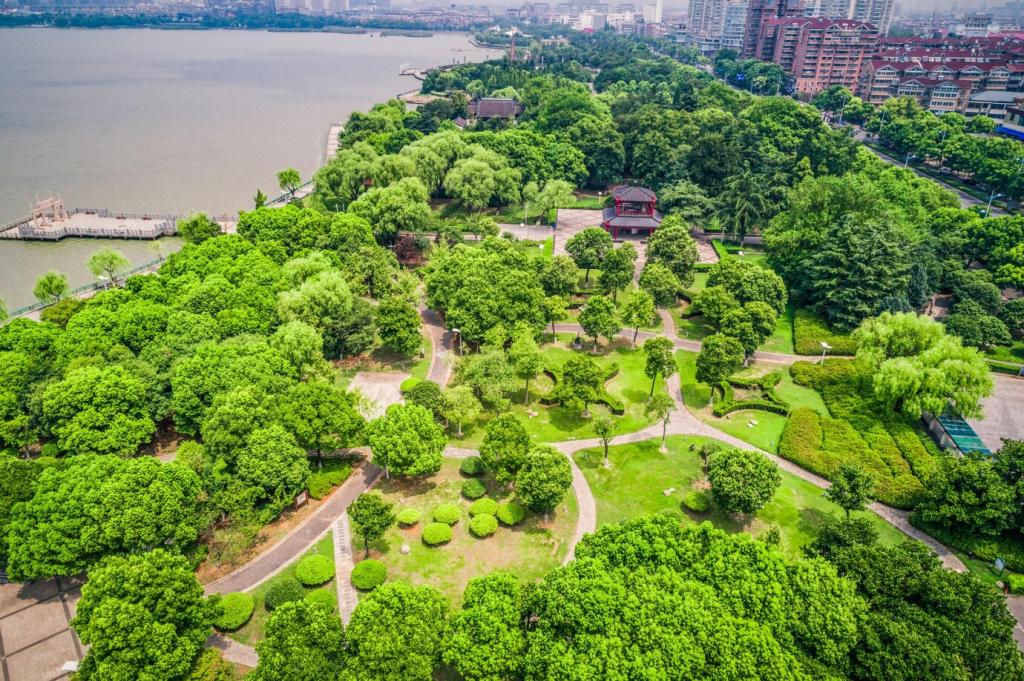What Makes an Eco-Village Successful?
The most resilient eco-villages balance ecological performance with social glue. Think low energy demand, circular water and materials, stable livelihoods, fair governance, and a daily rhythm that keeps people connected. These indicators stay meaningful because they are measured with humility, reviewed regularly, and translated into practices people can actually keep.
What Makes an Eco-Village Successful?
Before breakfast, a neighbor checks the garden polytunnel while another updates a repair rota for shared tools. A newcomer learns the compost system during tea, surprised by how cheerful it feels. This small choreography captures Findhorn’s success: gentle routines, visible responsibilities, and spaces where learning is normal rather than heroic.





